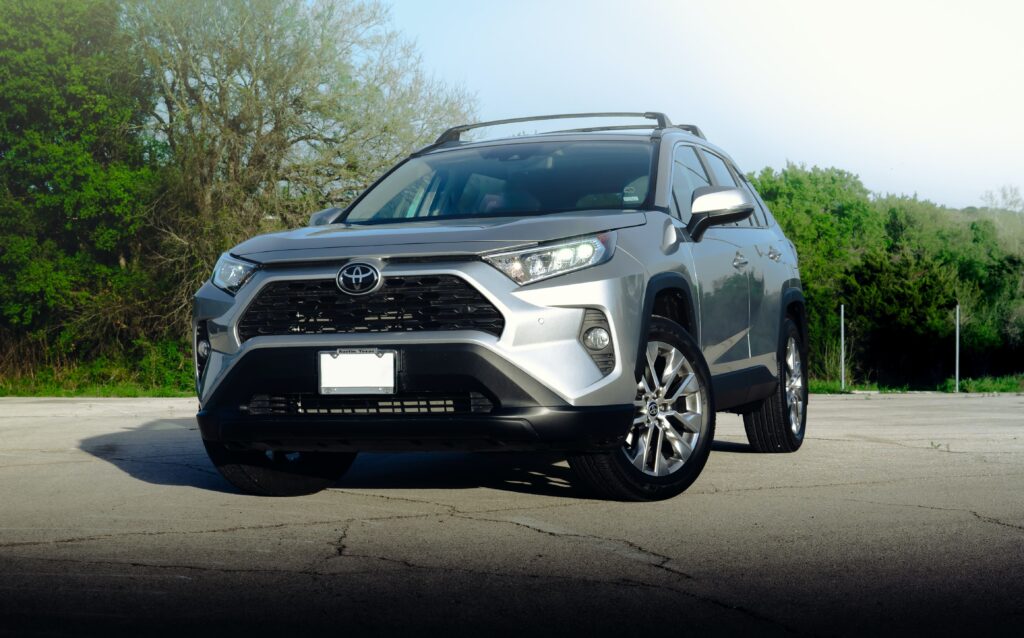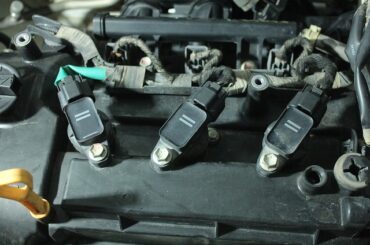Buying a new car is an exciting experience but can also be a bit overwhelming, especially when encountering terms like “Toyota dealer markups.” What are these markups, and how do they affect your car-buying experience? In this article, we’ll dive deep into Toyota dealer markups, exploring what they are, why they exist, and how you can navigate them as a savvy car shopper.
Contents
What Are Toyota Dealer Markups?
Toyota dealer markups, often referred to as “dealer add-ons” or “dealer fees,” are additional charges or fees that a Toyota dealership may add to the price of a vehicle. These markups are distinct from the Manufacturer’s Suggested Retail Price (MSRP), which is the price suggested by Toyota for the vehicle. Dealer markups are intended to boost the dealership’s profit margin but sometimes catch buyers off guard.

Market Adjustment Markup
The market adjustment markup is one of the most notorious types of dealer markups. This occurs when a particular Toyota model is in high demand and limited supply. In such situations, dealerships may add a market adjustment markup to the vehicle’s price. This markup can vary significantly and is often a result of dealers anticipating that buyers will be willing to pay more due to the vehicle’s popularity.
Why Market Adjustment Markups Exist
Market adjustment markups are a reflection of supply and demand dynamics. When a new Toyota model generates buzz, and customers are eager to get their hands on it, dealerships may capitalize on this demand by increasing the price. This can be frustrating for buyers, but dealers argue that it helps them cover the cost of holding onto highly sought-after vehicles and compensates for potential fluctuations in market conditions.
Tips for Dealing with Market Adjustment Markups
When faced with a market adjustment markup, consider the following tips:
Research: Before heading to the dealership, research the vehicle’s fair market value. Websites and apps can provide pricing information based on market conditions and location.
Negotiate: Don’t hesitate to negotiate with the dealership. While they may initially propose a markup, you can attempt to negotiate it to a more reasonable level.
Shop Around: Explore multiple dealerships in your area or neighboring cities to compare offers. You might find a dealer that isn’t imposing a market adjustment markup.
Dealer-Installed Accessories
Dealerships often offer additional accessories and upgrades for Toyota vehicles. These dealer-installed accessories can include custom wheels, spoiler kits, security systems, and more. While these additions can enhance the appearance or functionality of your vehicle, they also come at an extra cost.
The Pros and Cons of Dealer-Installed Accessories
Before opting for dealer-installed accessories, consider these factors:
Advantages: These accessories are installed by professionals familiar with the vehicle. The vehicle’s warranty may also cover them. Additionally, they can be conveniently added to your financing package.
Disadvantages: Dealer-installed accessories tend to be more expensive than aftermarket alternatives. You may be able to find similar accessories for a lower cost elsewhere. Additionally, some accessories may not significantly improve the vehicle’s resale value.
How to Evaluate Dealer-Installed Accessories
To make an informed decision about dealer-installed accessories, follow these steps:
Research: Compare the prices of dealer-installed accessories with aftermarket options to ensure you’re getting good value.
Assess Value: Consider whether the accessories enhance your driving experience or the vehicle’s resale value.
Negotiate: If you’re interested in dealer-installed accessories, try negotiating the price or including them as part of the deal.
Extended Warranties and Service Plans
Another common offering at dealerships is extended warranties and service plans. These plans go beyond the manufacturer’s warranty, providing additional coverage for maintenance and repairs.
The Benefits and Drawbacks of Extended Warranties and Service Plans
Extended warranties and service plans can offer peace of mind, but they come with their own set of considerations:

Benefits: Extended warranties can cover unexpected repair costs, and service plans can make routine maintenance more affordable by spreading the cost over time.
Drawbacks: These plans add to the overall cost of the vehicle, and the coverage might overlap with the manufacturer’s warranty.
Evaluating Extended Warranties and Service Plans
Before committing to an extended warranty or service plan, take the following steps:
Please read the Terms: Understand what the warranty or service plan covers and what it excludes.
Assess Your Needs: Consider your driving habits, the reliability of the Toyota model, and how long you plan to keep the vehicle.
Compare Prices: Shop around for extended warranties and service plans outside the dealership to see if you can find better deals.
Protection Packages and Additional Fees
In addition to the aforementioned markups, dealerships may offer protection packages and charge additional fees. These packages can include paint protection, fabric protection, rustproofing, and more. Documentation fees and advertising fees are other common additional charges.
The Purpose and Value of Protection Packages and Fees
Protection packages and fees serve specific purposes:
Protection Packages: These packages aim to preserve your vehicle’s appearance and condition, potentially reducing the need for costly repairs or detailing in the future.
Documentation Fees: Documentation fees cover the cost of processing paperwork related to your car purchase.
Advertising Fees: Advertising fees are intended to compensate the dealership for marketing expenses.
Evaluating Protection Packages and Fees
To determine if protection packages and fees are worthwhile, follow these steps:
Ask Questions: Request detailed information about what protection packages include and whether they are already applied to the vehicle.
Negotiate: Be prepared to negotiate fees or ask for transparency regarding what they cover.
Consider Necessity: Evaluate the necessity of protection packages based on your location and driving conditions.
Tips for Dealing with Toyota Dealer Markups
Navigating Toyota dealer markups can be challenging, but you can take steps to protect your wallet and ensure a fair deal:
Research Thoroughly: Knowledge is your best tool. Research the specific Toyota model you want, its fair market value, and any current incentives or rebates.
Shop Around: Explore multiple dealerships and online platforms to compare prices and incentives. This can help you identify dealerships with fair pricing.
Transparent Pricing Dealerships
Not all dealerships engage in the practice of imposing markups. Some dealerships are known for transparent pricing, providing upfront, fair prices without hidden fees.
The Benefits of Transparent Pricing Dealerships

Working with a transparent pricing dealership can offer several advantages:
Peace of Mind: You’ll have confidence knowing that the price you see is the price you pay.
Savings: Transparent dealerships often have competitive prices, allowing you to save money potentially.
Is the Toyota Highlander good for off-road? in 2023
Ultimate Guide: How to Get Urine Smell Out of Car Seat in 2023
Unraveling the Chaos: How I Accidentally Drove in 4 Wheel Drive in 2023






